Start With Art Education
Image: "Swings" by Ethel Spowers 1932
Welcome to my world! I have been in Early Childhood Education for over 25 years, the last few years using stories, art, philosophy and Habits of Mind as the basis of my learning program.
I’d like to share some ideas to help you during these uncertain times to enjoy your home learning program with your children. This learning is challenging but fun and will soon be involving your whole family in the discussions. I will give you the tools and strategies to create and engage in a community of enquiry with your family. Through this, your children will be developing their creative and critical thinking, visual thinking strategies and tools to develop intelligent, independent and reflective thinking. To think well is to be a creative thinker as well as critical. Creative thinkers make connections, speculate and explore alternatives.
So what are we going to be doing here?
We will be listening to stories, looking at art, thinking about our thinking and talking…lots of talking! This will include
Philosophy
Our Philosophy for children program is based on the U.K program P4C (Philosophy for Children) developed by Dr. Matthew Lipmann.
This helps:
- promote richer literacy and higher order thinking.
- children learn to think before they speak and give reasons for what they say.
- the children learn to value their own views and the opinions of others.
- they learn to speak respectfully and learn reasonable negotiation.
- develop ‘learning to learn’ skills through its ‘thinking aloud’ approach with emphasis on questioning and reflection skills.
- develop motivation by improving levels of understanding, confidence and student ownership of learning which in turn helps mental health by generating feelings of inclusion.
- develop general thinking and reasoning skills that can lead to higher attainment skills across the curriculum.
- improve social skills of listening, speaking, being able to disagree respectfully strengthening relationships.
- drive better thinking, communication and collaboration.
- encourage perspective by looking at and discussing visual stimuli.
All of these skills can transfer into other areas of life. Sound thinking is learnt from dialogue with others. It’s good for children and adults to talk together about philosophical questions – big questions that matter and that link thinking about one area of experience to thinking about experience as a whole…big picture thinking that brings perspective.
Habits of Mind
The children will be gradually introduced to the Habits of Mind which were developed by Professor Art Costa from the University of California. They are a set of sixteen dispositions that describe an effective, efficacious thinker. These are the attributes, dispositions and inclinations of the expert problem solver, the thoughtful decision maker and the creative thinker which guide their decisions in everyday life. We would hope that the Habits of Mind become like an internal compass that guide a person’s decisions as they are solving problems and as they are responding to conflicts and tensions in their environment.

Visual Thinking Strategies
“Artful Thinking”
Art is the essential first discussion topic because it enables students to use existing visual and cognitive skills to develop confidence and experience, learning to use what they already know to work out what they don’t. According to Project Zero at Harvard University, the children are free to respond to bring their own connections to a piece of art.
VTS provides a way to jumpstart a process of learning to think deeply in most subjects from maths to poetry, science and social studies. When the routines of See, Think and Wonder are used regularly the children’s critical thinking and confidence build. They learn to push beyond first impressions and obvious features.
These strategies provide the students with thinking skills that become habitual and transfer from lesson to lesson…oral and written literacy, visual literacy and collaborative interactions among peers.
